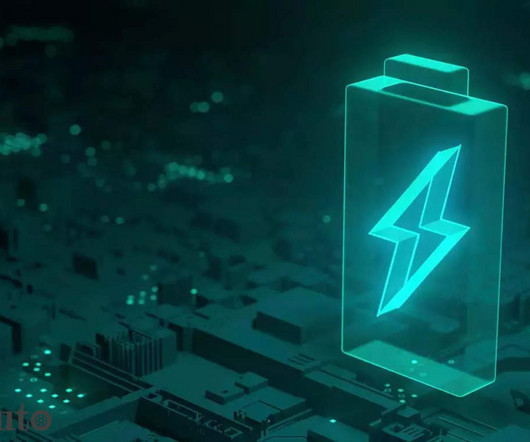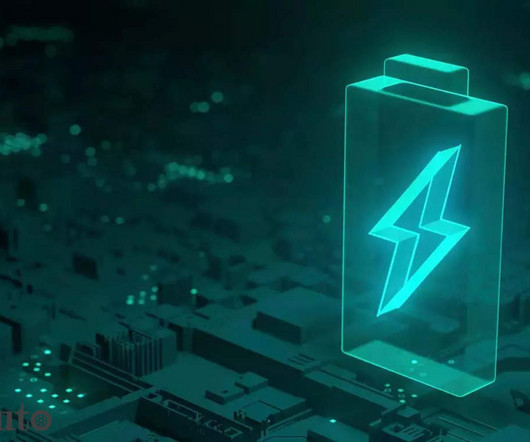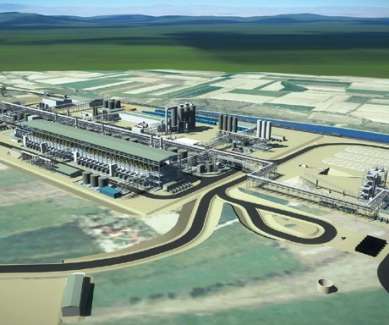Na-ion battery developer Faradion collaborating with battery manufacturer AMTE Power
Green Car Congress
MARCH 18, 2021
UK-based battery manufacturer AMTE Power and Faradion Ltd. , a leader in non-aqueous sodium-ion battery technolog ( earlier post ), announced a collaboration which combines Faradion’s IP with AMTE Power’s design and manufacturing capabilities. These trends will drive a significant increase in the use of battery storage.
























Let's personalize your content